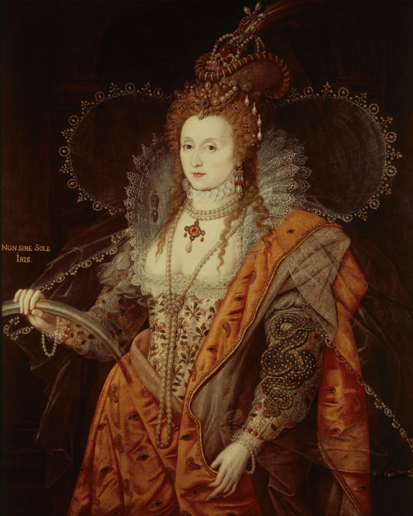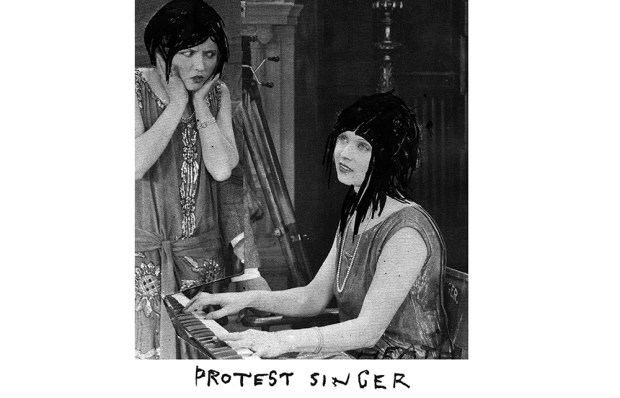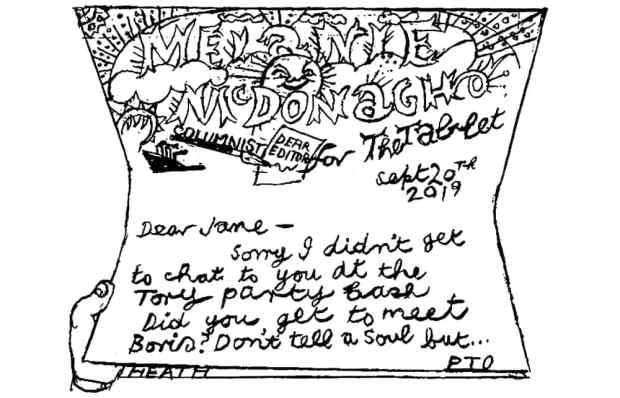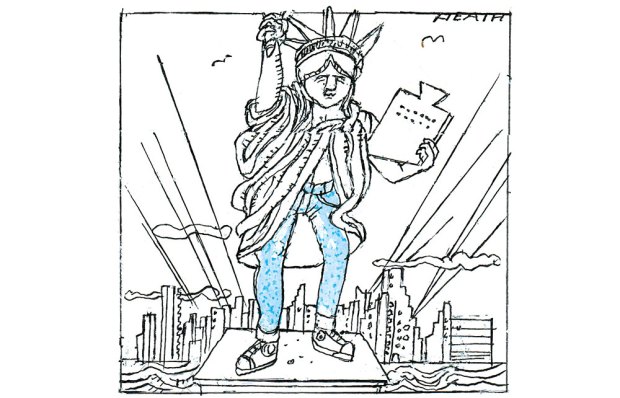Last year 114,000 people flocked to Houghton Hall in north Norfolk for a once-in-a lifetime opportunity. Part of the great collection of paintings sold by the Walpole family in 1779 to Catherine the Great of Russia was back, thanks to a generous loan from the Hermitage. It was an un-usual triumph — a blockbuster exhibition in a private house rather than an art gallery. Most art before that last century was made to be seen in houses or churches. ‘Houghton Revisited’ was a compelling reminder that it looks best in those settings.
Since art in our country houses hits the headlines only when it’s sold or stolen, it’s often assumed that most of the best works have long gone to museums. Yet the mere fact that thieves in recent years have made off with a Leonardo da Vinci (the Duke of Buccleuch’s ‘Madonna of the Yarnwinder’ at Drumlanrig Castle) and a Titian (the Marquess of Bath’s ‘Rest on the Flight to Egypt’ at Longleat) reveals what riches remain — and happily both have now been returned to their owners. Neither the National Portrait Gallery nor Tate Britain can match the thrill of coming upon the great Rainbow Portrait of Elizabeth I at Hatfield, home of the Cecil family, who owed their fortunes to the Virgin Queen, or seeing J.M.W. Turner’s paintings of the park at Petworth hanging in the house, so that by turning your head you can see both the canvases and the views they depict.
At some houses — Chatsworth, for example, or Burghley — princely art collections are an integral part of a magnificent architectural and decorative ensemble. At others, such as Upton House in Warwickshire, the paintings outshine their setting. Some houses are now such well-known tourist attractions that the sheer quality of their works of art is often forgotten. Take Woburn, where the dining room is hung with a jaw-dropping collection of no fewer than 21 Canalettos (and the Duke of Bedford has another three elsewhere).
Even more heartening than the quality of the art in country houses is the fact that these collections are being enlarged. The Duke and Duchess of Devonshire, for example, have added works by Sean Scully and other contemporary painters to the collection at Chatsworth, which contains Lucian Freuds bought by the Duke’s parents. Most energetic of all is Lord Rothschild at Waddesdon Manor, whose foundation’s recent acquisitions range from a state portrait of Louis XVI by Antoine-François Callet in its magnificent original frame to a haunting canvas by Chardin, ‘Boy Building a House of Cards’. Lord Rothschild has also brought in contemporary sculpture for the grounds at Waddesdon; so too has the Marquess of Cholmondeley for the park at Houghton, including a ‘skyspace’ by James Turrell.
Lord Cholmondeley is one of several younger country-house owners — the Earl of Pembroke at Wilton is another — who are assembling their own collections of contemporary paintings and renewing the relationship between art and country houses that remains one of our national glories.
Got something to add? Join the discussion and comment below.
Get 10 issues for just $10
Subscribe to The Spectator Australia today for the next 10 magazine issues, plus full online access, for just $10.
You might disagree with half of it, but you’ll enjoy reading all of it. Try your first month for free, then just $2 a week for the remainder of your first year.














Comments
Don't miss out
Join the conversation with other Spectator Australia readers. Subscribe to leave a comment.
SUBSCRIBEAlready a subscriber? Log in